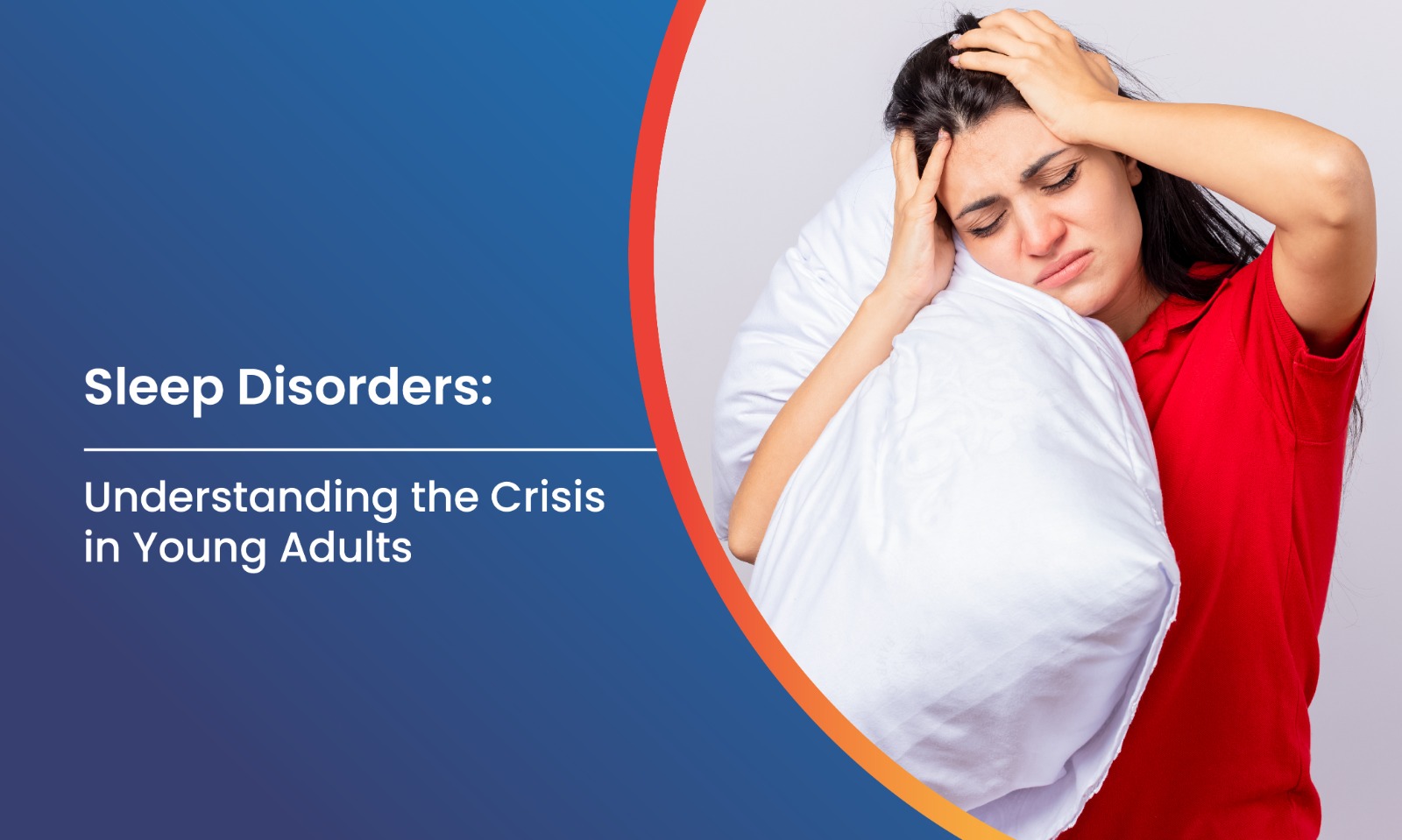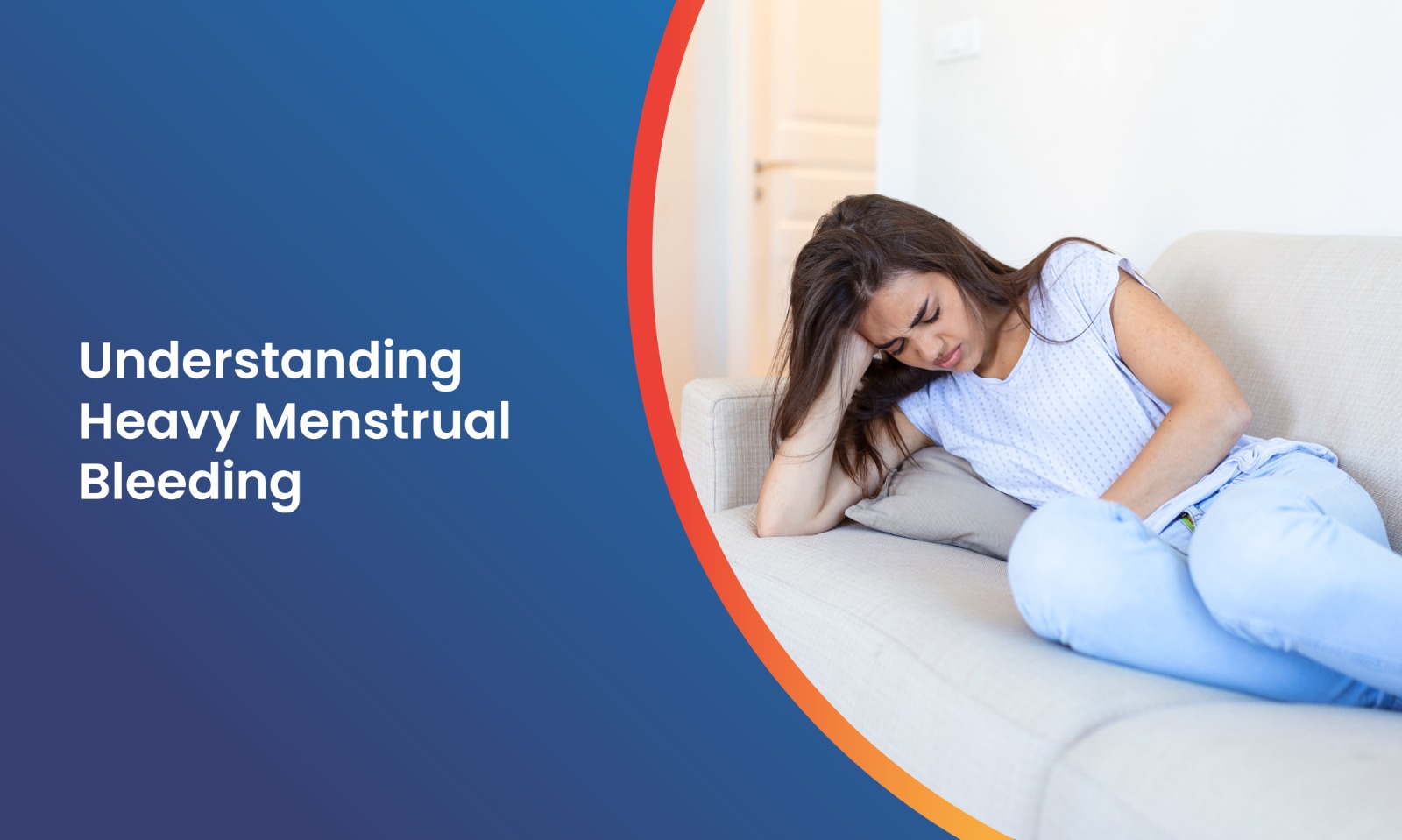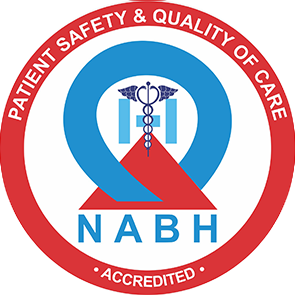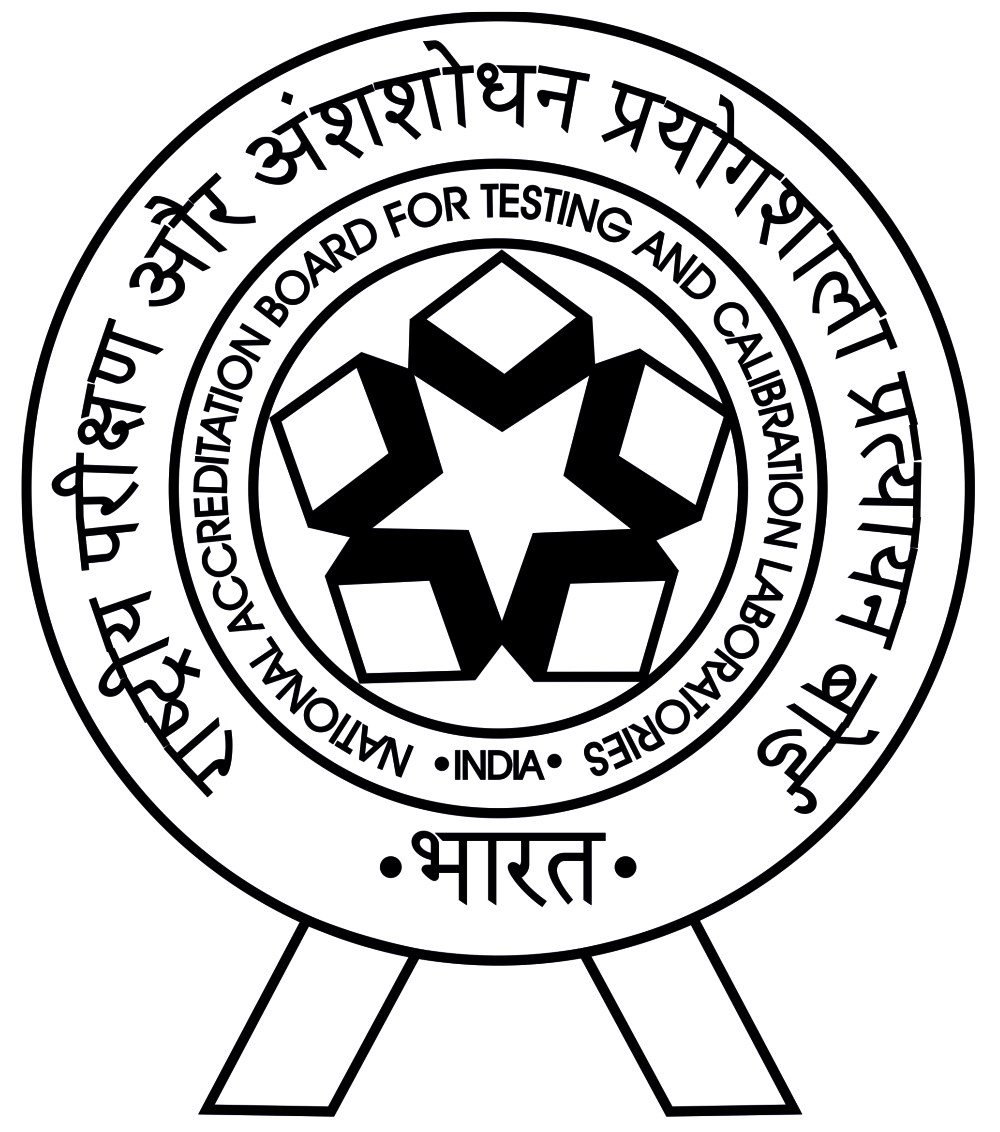World Lung Cancer Day 2025: Breaking Barriers for Awareness, Early Detection, and Equal Care
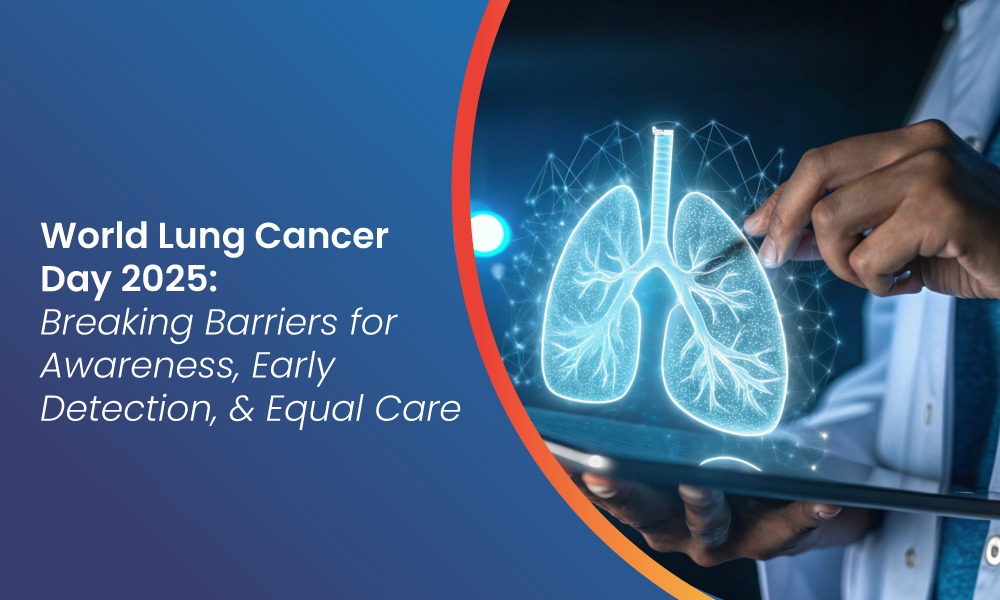
World Lung Cancer Day 2025: Breaking Barriers for Awareness, Early Detection, and Equal Care
Table of Contents
-
Introduction
-
Why World Lung Cancer Day Matters
-
Global and Indian Scenario
-
Understanding Lung Cancer
-
Causes and Major Risk Factors
-
Symptoms and Warning Signs
-
Why Early Detection is Crucial
-
Screening and Diagnosis: Modern Techniques
-
Treatment Approaches for Lung Cancer
-
Living Life After Lung Cancer
-
Ways You Can Make a Difference
-
Role of Hospitals and Healthcare Providers
-
Busting Common Myths
-
Theme for World Lung Cancer Day 2025
-
Conclusion
-
FAQs
1. Introduction
Every year, August 1 marks World Lung Cancer Day, a day dedicated to spreading awareness about one of the deadliest cancers globally. Lung cancer remains a formidable health challenge, claiming millions of lives every year despite technological and medical advancements.
This observance is not only a reminder of the disease’s devastating impact but also an opportunity to educate people on prevention, encourage early screening, and reduce stigma around diagnosis and treatment. By acknowledging this day, individuals and communities can unite to advocate for better healthcare resources and inspire positive changes in lifestyle habits.
2. Why World Lung Cancer Day Matters
Lung cancer is not just another health issue—it is a global crisis. According to the World Health Organization (WHO), lung cancer is the leading cause of cancer deaths worldwide, surpassing breast, colon, and prostate cancers combined.
Here’s why this day is significant:
-
Awareness saves lives: Symptoms are often vague, leading to late diagnoses. Awareness campaigns can change this.
-
Destigmatization: Many believe lung cancer affects only smokers. This misconception delays treatment for non-smokers.
-
Encouraging screening: Regular screening among high-risk individuals dramatically improves survival chances.
-
Policy influence: Governments can be motivated to strengthen anti-smoking laws and pollution control measures.
3. Global and Indian Scenario
Globally, lung cancer accounts for 11.6% of all cancer cases and causes 1.8 million deaths annually. These numbers underline its severity and the urgency of timely interventions.
In India, the scenario is particularly concerning:
-
Over 111,000 new cases are diagnosed every year, with a growing trend among younger adults and women.
-
Air pollution is an alarming contributor. In Delhi-NCR alone, PM2.5 levels remain significantly above safe limits year-round.
-
Industrial exposure, changing lifestyles, and lack of awareness add to the risk.
-
This dual burden of pollution and tobacco use makes India one of the most vulnerable nations, emphasizing the importance of education, preventive measures, and accessible healthcare facilities.
4. Understanding Lung Cancer
Lung cancer originates when abnormal cells multiply uncontrollably within the lungs, forming tumors that disrupt normal breathing functions. These tumors can eventually spread to other organs, making the disease life-threatening if untreated.
There are two primary types:
-
Non-Small Cell Lung Cancer (NSCLC): Accounts for nearly 85% of all lung cancer cases. It progresses relatively slowly compared to small cell variants.
-
Small Cell Lung Cancer (SCLC): Although less common, it is highly aggressive and rapidly spreads beyond the lungs.
-
Understanding these types helps doctors develop tailored treatment plans for each patient.
5. Causes and Major Risk Factors
Lung cancer does not happen overnight—it develops due to multiple risk factors that compromise lung health over time:
-
Tobacco Smoking: Responsible for nearly 80-90% of cases, smoking remains the single most significant cause of lung cancer.
-
Secondhand Smoke: Non-smokers exposed to smokers also face a 25-30% higher risk.
-
Air Pollution: Long-term exposure to toxic air particles, vehicle emissions, and industrial pollutants increases vulnerability.
-
Genetic Predisposition: A Family history of lung cancer increases the risk significantly.
-
Occupational Hazards: Prolonged exposure to asbestos, radon gas, and certain chemicals contributes to lung damage over time.
6. Symptoms and Warning Signs
One of the biggest challenges with lung cancer is its silent progression. Early stages often show no symptoms, and when signs appear, they are frequently mistaken for common respiratory issues.
Common Symptoms Include:
-
Persistent cough lasting weeks or months.
-
Sudden chest pain that worsens with deep breaths or coughing.
-
Shortness of breath and wheezing during routine activities.
-
Repeated lung infections, such as pneumonia.
-
Unexplained fatigue and rapid weight loss.
-
Early detection of these symptoms can save lives. Ignoring them delays diagnosis and complicates treatment.
7. Why Early Detection is Crucial
The timing of detection makes a life-saving difference.
-
Stage I detection: Survival rates can reach 60-70%.
-
Late-stage detection: Chances reduce drastically to less than 10%.
-
Unfortunately, over 70% of lung cancer cases are diagnosed in advanced stages, primarily due to a lack of awareness and access to screening facilities. Public education campaigns are vital in bridging this gap.
8. Screening and Diagnosis: Modern Techniques
Modern healthcare offers advanced tools to detect lung cancer early:
-
Low-Dose Computed Tomography (LDCT): The Gold standard for screening high-risk groups like smokers and those exposed to pollutants.
-
Chest X-Ray: A Basic diagnostic tool, but less sensitive for early detection.
-
PET Scan and MRI: Useful for assessing cancer spread to other organs.
-
Biopsy: A Definitive test for confirming cancer and determining its type.
-
Early and regular screening for at-risk individuals is essential for timely treatment and improved survival outcomes.
9. Treatment Approaches for Lung Cancer
Treatment depends on multiple factors, including cancer type, stage, and overall patient health. Modern medicine offers several options:
-
Surgery: Effective for early-stage NSCLC by removing affected tissue.
-
Radiation Therapy: Used post-surgery or for inoperable tumors.
-
Chemotherapy: Administered alone or combined with radiation to kill cancer cells.
-
Targeted Therapy: Focuses on genetic mutations driving cancer growth.
-
Immunotherapy: Strengthens the immune system to fight cancer cells.
-
These advanced therapies not only extend survival but also improve quality of life for patients.
10. Living Life After Lung Cancer
Surviving lung cancer is a victory, but the journey doesn’t end with treatment:
-
Rehabilitation: Pulmonary exercises help restore breathing capacity.
-
Lifestyle Changes: Quitting smoking, maintaining a balanced diet, and regular exercise are essential.
-
Mental Well-being: Counseling and support groups help patients manage emotional challenges.
-
Regular follow-ups ensure any recurrence is detected early.
11. Ways You Can Make a Difference
Individual efforts can create a ripple effect in the fight against lung cancer:
-
Share accurate information on social media.
-
Encourage loved ones to quit smoking and adopt healthy habits.
-
Participate in local awareness drives and health camps.
-
Advocate for clean air policies in your community.
-
Donate to research programs focused on cancer treatment.
12. Role of Hospitals and Healthcare Providers
Healthcare institutions are the frontline warriors against lung cancer:
-
Conducting screening camps for high-risk groups.
-
Offering comprehensive cancer care, including advanced treatment and counseling.
-
Training healthcare workers to identify early warning signs.
-
Engaging in research for innovative therapies.
13. Busting Common Myths
MythFact
Lung cancer affects only smokers. Non-smokers are equally at risk due to pollution and genetics.
Symptoms appear early. Most cases remain asymptomatic until advanced stages.
Lung cancer is untreatable. Early detection significantly improves recovery chances.
Women are less likely to develop it. Women face rising incidence rates globally.
14. Theme for World Lung Cancer Day 2025
The theme for 2025 is “Breaking Barriers for Early Detection and Equal Care”. It highlights:
-
There is an urgent need to eliminate stigma and misinformation.
-
Ensuring equal access to screening and treatment worldwide.
-
Leveraging technology for faster diagnosis and better patient outcomes.
15. Conclusion
World Lung Cancer Day serves as a beacon of hope and a call to action. With rising cases globally and in India, our collective responsibility is to spread awareness, promote preventive strategies, and support accessible healthcare. Together, we can reduce lung cancer mortality and ensure a healthier future.
16. FAQs
Q1: Who is at the highest risk for lung cancer?
People who smoke, those with long-term exposure to air pollution, individuals with a family history of cancer, and those exposed to hazardous chemicals like asbestos are most at risk.
Q2: Can lung cancer develop in non-smokers?
Yes, non-smokers account for a significant percentage of lung cancer cases, often due to secondhand smoke, pollution, and genetic predisposition.
Q3: What age group is most commonly affected by lung cancer?
Lung cancer typically affects adults over 40, but cases among younger people are increasing due to pollution and changing lifestyles.
Q4: What is the best way to detect lung cancer early?
Low-Dose Computed Tomography (LDCT) is the most reliable screening tool for early detection in high-risk individuals.
Q5: Is lung cancer hereditary?
Genetics can play a role. Having a family member with lung cancer increases your risk, even if you do not smoke.
Q6: Does quitting smoking reduce the risk completely?
Quitting smoking drastically reduces the risk, but former smokers remain at a higher risk than non-smokers. However, the risk continues to decline over time after quitting.
Q7: Can diet influence lung cancer risk?
Yes. Diets rich in fruits, vegetables, and antioxidants may help reduce cancer risk, while heavy consumption of processed foods and alcohol can increase it.
Q8: How quickly does lung cancer progress?
Progression varies by type. Small Cell Lung Cancer (SCLC) spreads rapidly, while Non-Small Cell Lung Cancer (NSCLC) tends to progress more slowly.
Q9: Can lung cancer be cured?
If detected early, especially in Stage I, lung cancer can often be treated successfully with surgery and other therapies.
Q10: Are women at equal risk as men?
Yes, and in some regions, lung cancer in women is increasing due to rising smoking rates and air pollution exposure.



